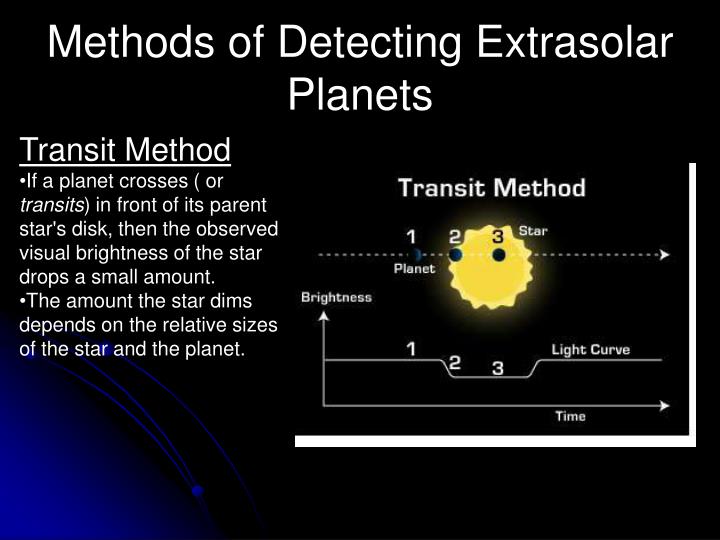

His cataloguing of 3222 stars was refined in 1807 by Friedrich Bessel, the father of modern astrometry. The stellar movement proved too insignificant for his telescope, but he instead discovered the aberration of light and the nutation of the Earth’s axis. James Bradley first tried to measure stellar parallaxes in 1729. When telescopes became commonplace, setting circles sped measurements Taqi al-Din measured the right ascension of the stars at the Istanbul observatory of Taqi al-Din using the "observational clock" he invented. In the 16th century, Tycho Brahe used improved instruments, including large mural instruments, to measure star positions more accurately than previously, with a precision of 15–35 arcsec. Like the earlier catalogs of Hipparchus and Ptolemy, Ulugh Beg's catalogue is estimated to have been precise to within approximately 20 minutes of arc. In the 15th century, the Timurid astronomer Ulugh Beg compiled the Zij-i-Sultani, in which he catalogued 1,019 stars.

His observations on eclipses were still used centuries later in Simon Newcomb's investigations on the motion of the moon, while his other observations inspired Laplace's Obliquity of the Ecliptic and Inequalities of Jupiter and Saturn. Ibn Yunus observed more than 10,000 entries for the sun's position for many years using a large astrolabe with a diameter of nearly 1.4 metres. In the 10th century, Abd al-Rahman al-Sufi carried out observations on the stars and described their positions, magnitudes and star color, and gave drawings for each constellation, in his Book of Fixed Stars. Hipparchus's successor, Ptolemy, included a catalogue of 1,022 stars in his work the Almagest, giving their location, coordinates, and brightness. Hipparchus compiled a catalogue with at least 850 stars and their positions. In doing so, he also developed the brightness scale still in use today. This can be dated back to Hipparchus, who around 190 BC used the catalogue of his predecessors Timocharis and Aristillus to discover the earth’s precession. The history of astrometry is linked to the history of star catalogues, which gave astronomers reference points for objects in the sky so they could track their movements.


 0 kommentar(er)
0 kommentar(er)
